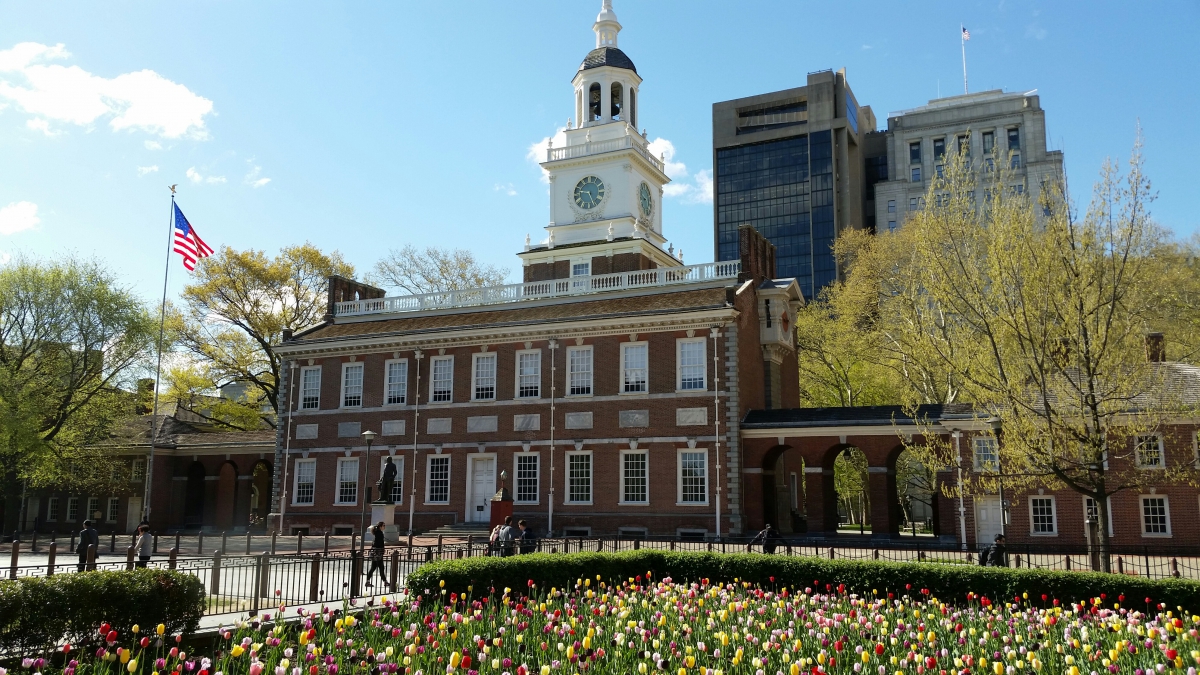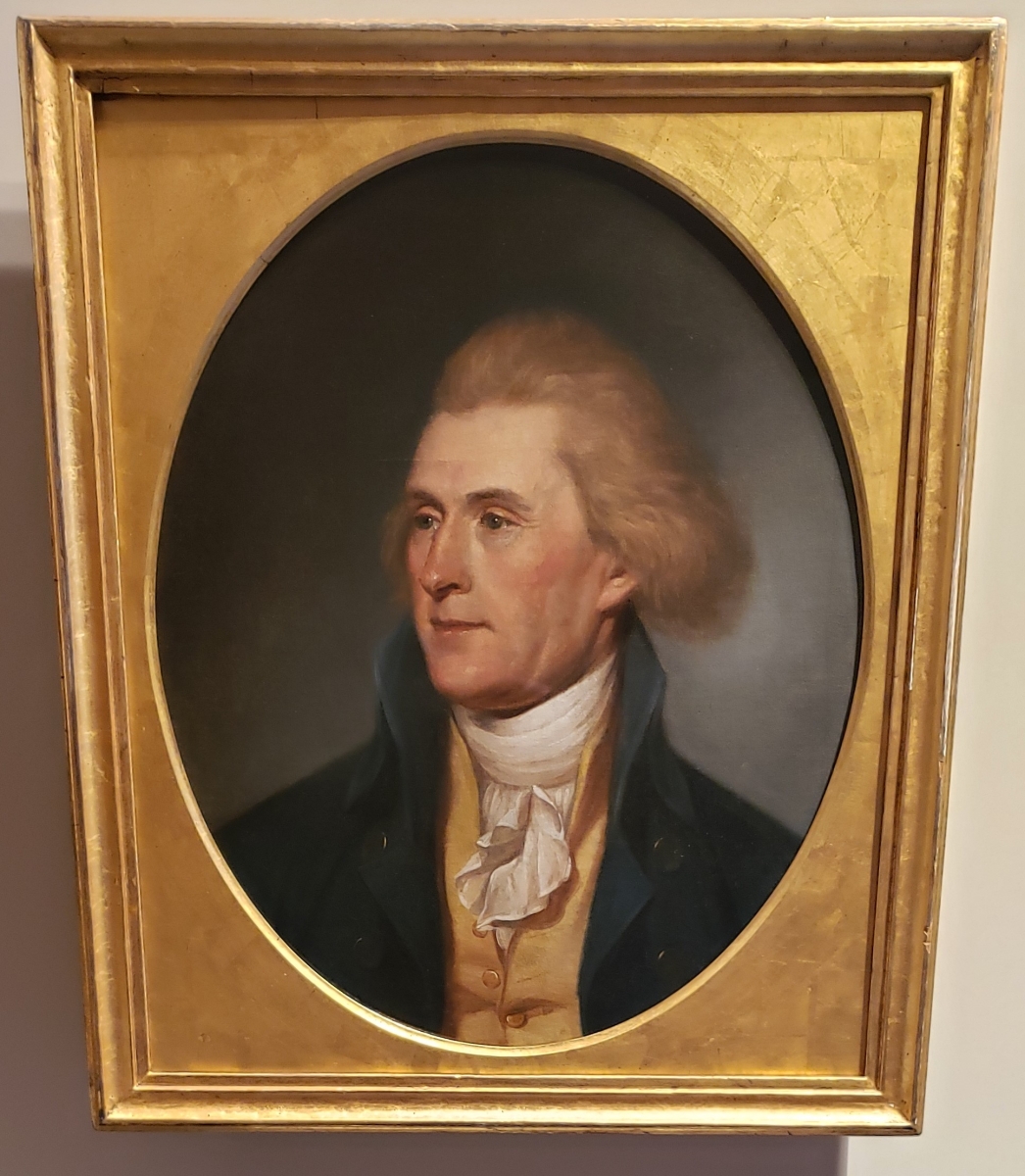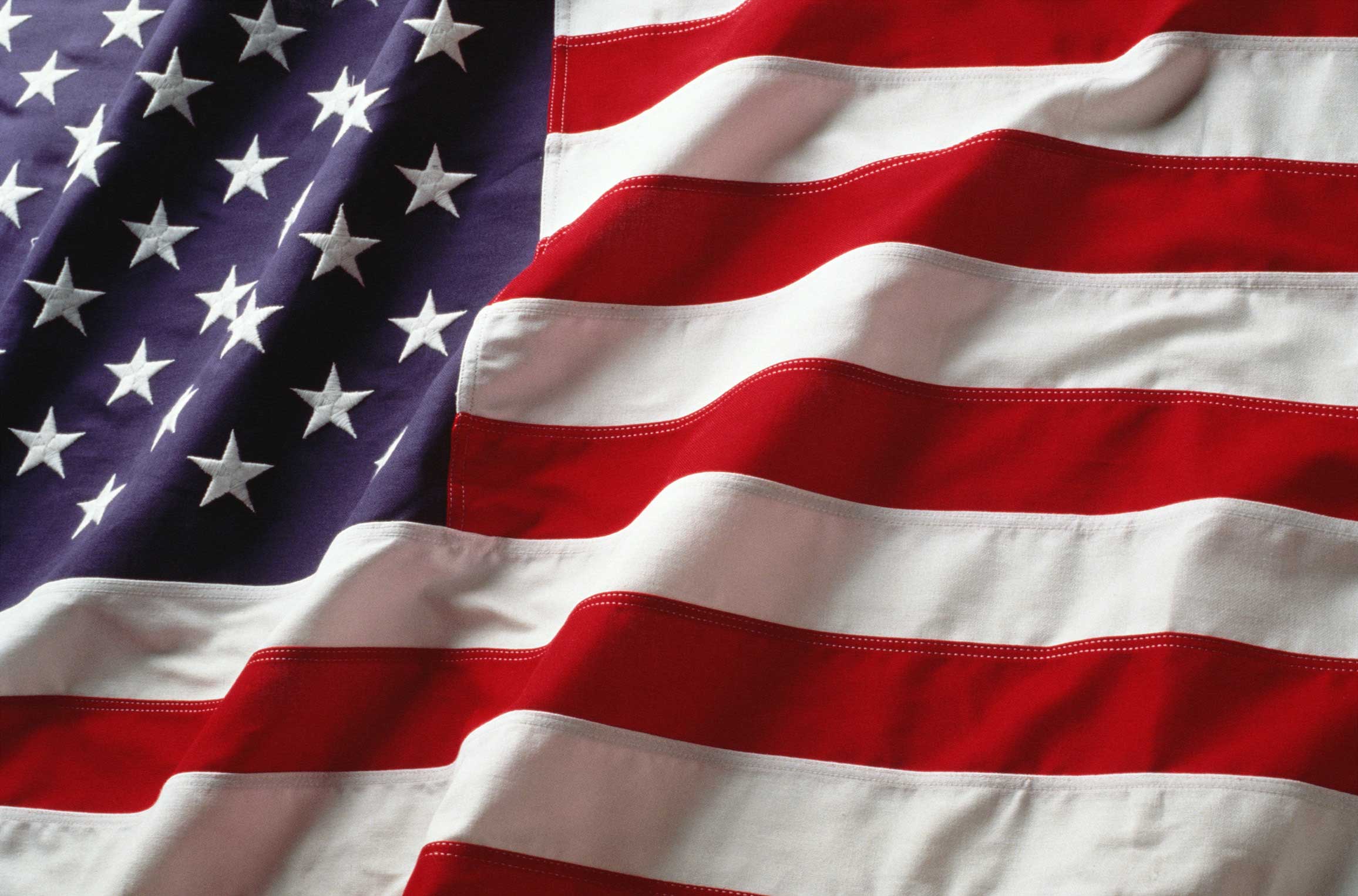The Second Continental Congress
Related Posts
- Buy Tickets for The Constitutional Walking Tour of Philadelphia – See 20+ Sites on a Primary Overview of Independence Park, including the Liberty Bell and Independence Hall
- History of Independence Hall - Meeting Place of the Second Continental Congress and The Constitutional Convention
- Independence Hall Tickets & Visitor Guide
- Liberty Bell Tickets & Visitor Guide
War and Peace – Forming the Continental Army and Writing the Olive Branch Petition
After adjourning the First Continental Congress in October of 1774, the Delegates agreed to reconvene in Philadelphia in May 1775 if King George III and the British Parliament did not acquiesce to the Colonists' demands. Just prior to the scheduled meeting of the Second Continental Congress, a major complication arose when the Battles of Lexington and Concord erupted on April 19, 1775 just outside of Boston.
As the delegates met at Independence Hall for the Second Continental Congress in Philadelphia on May 10, 1775, they had a major decision before them. Would the other Colonies join Massachusetts in open rebellion against Great Britain or would they follow through on their plan of trying to work with the British?

In the end, the Colonists decided to attempt to do both. The Second Continental Congress voted to form the Continental Army and named George Washington as the commanding General. At the same time, the Colonists also attempted to continue to work with Great Britain as they also wrote the Olive Branch Petition, pledging the loyalty of the Colonies to the British Crown and pleading with King George III to step in and put a stop to the fighting.
However, the Olive Branch Petition was too late because by the time King George had received it, King George had already declared that the Colonies were in a state of “open and avowed rebellion” and refused to continue negotiations.
A Resolution and The Declaration of Independence
On June 7, 1776, less than a month before The Declaration of Independence was adopted, Richard Henry Lee of Virginia became the first person to publicly propose Independence to the Second Continental Congress when he proudly proclaimed,
“These Colonies are and of right ought to be free and independent states!”
Before a decision regarding Lee’s resolution was made, it was decided that if Independence was going to be declared, it would be imperative to be able to explain to the world the reasoning for America’s split from Great Britain in order to be able to negotiate treaties with potential allies.
A committee of five members (Benjamin Franklin, John Adams, Roger Sherman, Robert Livingston, and Thomas Jefferson) was selected to draft this formal “Declaration of Independence.” It was decided that Thomas Jefferson would write the first draft of The Declaration Independence which was penned in Philadelphia at the Graff House (Declaration House). The other members of the Committee of Five would make alterations to Jefferson’s original draft before the document was presented to the Second Continental Congress on June 28, 1776.

On July 2, 1776, Lee’s Resolution was put to a vote. Even at this point, there were still some Colonists who continued to push to delay the vote for Independence. John Dickenson of Pennsylvania gave an impassioned speech on July 2, 1776 pleading with his fellow delegates to exercise caution and delay the vote for Independence. Dickenson's speech however was forcefully rebuked by John Adams who made his case for the urgent need for Independence.
Each Colony received one vote, and all voted for Independence with the exception of the New York Delegation which was still waiting on authority from the New York Provincial Congress to vote for Independence. New York abstained, so that the vote was 12-0 in favor of Independence. New York finally received permission to vote for Independence a week later, officially making the vote for Independence unanimous among the 13 Colonies.
The Articles of Confederation
The need for the creation of a new federal government was immediately realized by the members of the Second Continental Congress once Richard Henry Lee made his proposal. On the same day the “Committee of Five” was selected to write The Declaration of Independence, another committee was assembled to write an “Articles of Confederation” to establish a formal governmental bond between the thirteen states.
While The Declaration of Independence was written in just 17 days, the creation of the Articles of Confederation took much longer to complete. It was not until November 15, 1777 that the Second Continental Congress passed the Articles of Confederation after over a year of intense debate. The Articles of Confederation were then sent to the states to be ratified. It was decided that unanimous approval by all thirteen states would be necessary to establish the Articles of Confederation as the official Federal government of the United States of America. This unanimous approval was very difficult and was not achieved until February 2, 1781 when Maryland finally ratified the Articles of Confederation.
The Articles of Confederation then became the United States of America’s first official Federal government and officially went into effect on March 1, 1781, nearly five years after Independence was declared on July 4, 1776.
While the Articles of Confederation were debated, the Second Continental Congress served as an official provisional government of the United States of America. The Second Continental Congress finally disbanded in March of 1781 once the Articles of Confederation went into effect. The Second Continental Congress, which was originally planned to last just a few months ended up staying together for nearly six years and disbanded just months before an American victory at Yorktown would pave the way to America winning the Revolutionary War.
Signers of the Declaration of Independence
Connecticut
Delaware
Georgia
Maryland
Massachusetts
New Hampshire
New Jersey
New York
North Carolina
Pennsylvania
- George Clymer
- Benjamin Franklin
- Robert Morris
- John Morton
- George Ross
- Benjamin Rush
- James Smith
- George Taylor
- James Wilson
Rhode Island
South Carolina
Virginia



